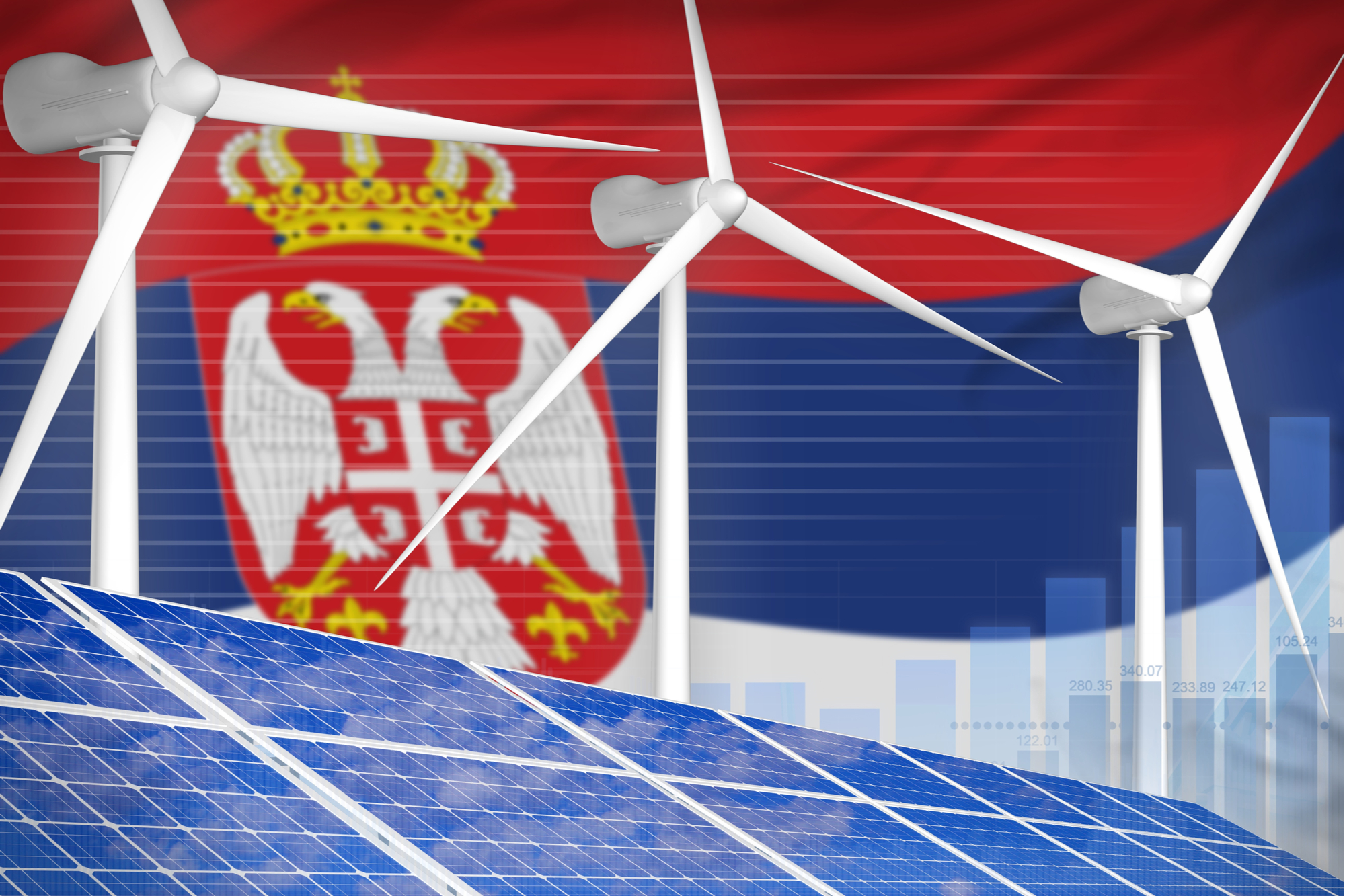<!-
- wp:paragraph –>
The West Region of the United States is renowned for its geographical diversity, encompassing a variety of landscapes such as mountains, deserts, forests, and coastal areas. This vast region includes states like California, Washington, Oregon, and Nevada, each contributing to a rich tapestry of climates. Understanding the varied climates in the West is crucial for appreciating the environmental challenges and opportunities that shape the lifestyle and economy of its inhabitants.
Overview of the West Region’s Geography
The West is defined by its diverse geography, which includes:
- States: Key states include California, Washington, Oregon, Nevada, Utah, Colorado, and others.
- Major Geographical Features:
- Rocky Mountains: A significant mountain range that influences weather patterns.
- Sierra Nevada: Known for its high peaks and substantial snowfall.
- Pacific Ocean: A major factor in moderating coastal climates.
- Great Basin: Characterized by arid conditions and unique ecosystems.
These features contribute to a complex interplay of climatic conditions across the region.
Varied Climate Zones in the West
The West Region is home to several distinct climate zones due to its varied geography:
- Mediterranean Climate: Found along California’s coast, characterized by mild, wet winters and hot, dry summers.
- Desert Climate: Predominant in states like Nevada and Arizona, this climate features arid conditions with minimal rainfall and extreme summer heat.
- Mountain Climate: Higher elevations in the Rockies and Sierra Nevada experience cooler temperatures and heavy snowfall during winter.
- Marine West Coast Climate: Coastal regions of Washington and Oregon enjoy cool, wet winters and mild summers with significant precipitation year-round.
- Semi-Arid Climate: Areas such as Utah and Colorado have dry summers and colder winters.
Climate Characteristics of the Major Zones
Each climate zone exhibits unique characteristics:
- Mediterranean Climate (e.g., California):
- Hot, dry summers; mild, rainy winters.
- Supports agriculture like grapes and olives.
- Desert Climate (e.g., Nevada, Arizona):
- Extremely high summer temperatures; cooler nights.
- Very low annual rainfall.
- Mountain Climate (e.g., Colorado, Utah):
- Cold winters with heavy snowfall; mild summers.
- Microclimates due to elevation variations.
- Marine West Coast Climate (e.g., Washington, Oregon):
- High rainfall; cool to mild temperatures year-round.
- Frequent cloud cover.
- Semi-Arid Climate (e.g., parts of Nevada, Colorado):
- Warm summers; cold winters with less snowfall than mountainous areas.
Impact of Climate on Lifestyle and Economy
The diverse climates significantly affect lifestyle and economic activities:
- Agriculture: The Mediterranean climate supports a robust agricultural sector in California. In contrast, desert regions focus on drought-resistant crops like cotton.
- Tourism: Mountainous areas attract winter sports enthusiasts while coastal regions see summer tourism due to their mild weather.
- Water Resources: Water scarcity is a pressing issue in desert and semi-arid regions, impacting both agriculture and daily living.
Climate Challenges in the West
The West faces several climate-related challenges:
- Droughts: Persistent drought conditions affect water availability and agricultural productivity across much of the region.
- Wildfires: Hot, dry summers increase wildfire risks in many Western states.
- Extreme Weather: Mountain areas deal with heavy snowfall and potential avalanches; deserts experience extreme heat waves.
Frequently Asked Questions (FAQs)
- Why does the West Region have so many different climate types?
The diverse geography—ranging from mountains to deserts—creates various microclimates influenced by elevation changes and proximity to water bodies.
- What causes wildfires to be more common in the Western states?
Factors include prolonged drought conditions, high temperatures, and vegetation that becomes dry and flammable due to heat.
- How does the Pacific Ocean affect the climate of coastal areas in the West?
The ocean moderates temperatures along the coast, leading to milder winters and cooler summers compared to inland areas.
- What are the hottest and coldest parts of the West Region?
Death Valley is known as one of the hottest places on Earth, while higher elevations in the Rockies can experience extreme cold during winter months.
- How is climate change impacting the West Region?
Climate change exacerbates drought conditions, increases wildfire risks, alters precipitation patterns, and affects water resources essential for agriculture[1][2][6].
Conclusion
The West Region’s climate is marked by its diversity—from Mediterranean to desert climates—each influencing local lifestyles and economies. As climate challenges intensify due to global warming, understanding these varied climates becomes increasingly important for addressing environmental issues and planning for sustainable futures.

Kyle Whyte is a notable scholar and professor at the University of Michigan, holding positions such as the George Willis Pack Professor in the School for Environment and Sustainability and Professor of Philosophy. Specializing in environmental justice, his work critically examines climate policy and Indigenous peoples’ ethics, emphasizing the nexus between cooperative scientific endeavors and Indigenous justice. As an enrolled Citizen Potawatomi Nation member, he brings a vital perspective to his roles as a U.S. Science Envoy and member of the White House Environmental Justice Advisory Council. His influential research is supported by various prestigious organizations including the National Science Foundation, and disseminated through publications in high-impact journals. Kyle actively contributes to global Indigenous research methodologies and education, with affiliations to numerous institutes and societies dedicated to traditional knowledge and sustainability. Recognized for his academic and community engagement, Kyle has earned multiple awards and served in various visiting professorships. His efforts extend to leadership positions on boards and committees focused on environmental justice nationwide.
